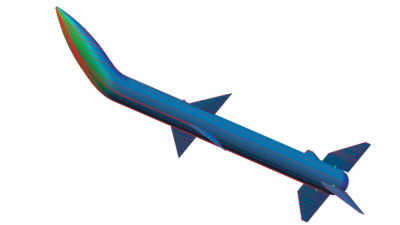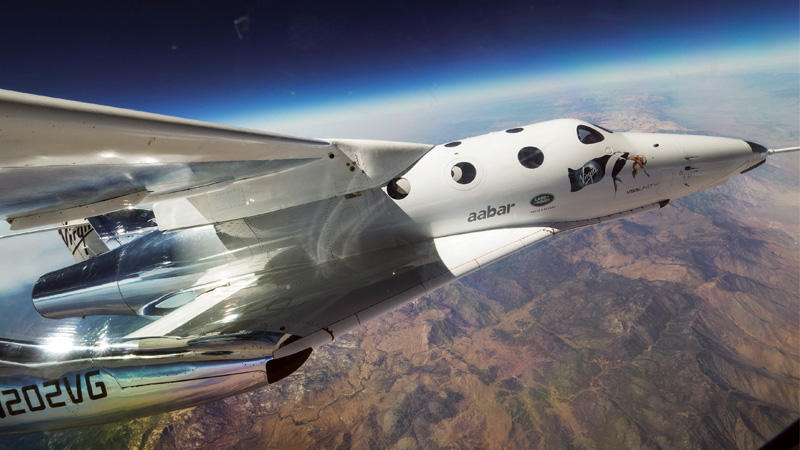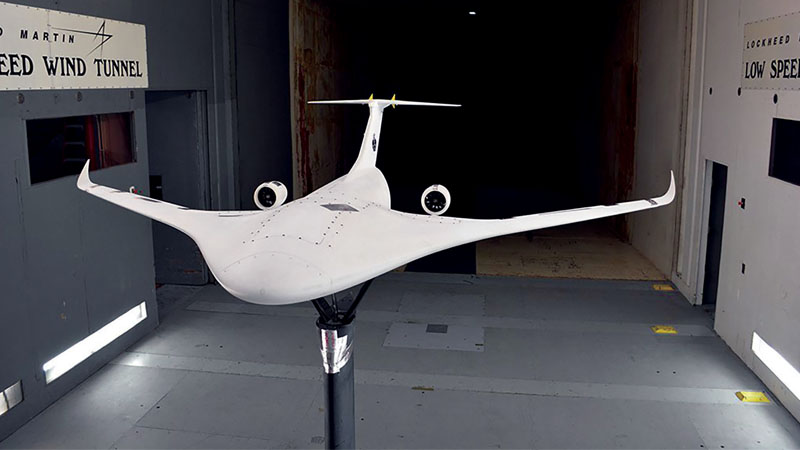With more sophisticated tools, researchers study configurations and operations for future aircraft
By Imon Chakraborty|December 2024
The Modeling and Simulation Technical Committee focuses on simulation of atmospheric and spaceflight conditions to train crews and support design and development of aerospace systems.
Researchers at NASA’s Ames Research Center in California conducted the Automation Enabled Pilot 2 simulation study in May and June. This was the second study under NASA’s Airspace Operations and Safety Program aimed at assessing novel automation concepts for electric vertical takeoff and landing aircraft that are equipped with indirect flight control systems. For AEP-2, engineers used an updated Lift Plus Cruise aircraft model and a simplified vehicle control concept, which included multiple assisted hover automation strategies with various levels of automation to simplify the transition from forward flight to hover. Initial results and pilot feedback confirmed the benefits of the higher automation concepts, especially in more challenging scenarios that require a higher workload.
In August, the Simulation and Development Branch and Unmanned Aircraft Systems Operations Office at NASA’s Langley Research Center in Virginia led the development of MOSAIC, the Mission Operations and Autonomous Integration Center. From this room on Langley’s campus, engineers study how small drones can be flown for applications including building inspection, environmental assessment and geographic information system mapping activities. MOSAIC’s design includes access to multiple sensor streams (optical, radar and electronic) that allow operators to fly drones beyond visual line of sight. Achievements this year included the first BVLOS flight, development of the TAURAS airspace monitoring tool that integrates a suite of surveillance sensors into a single display, and commissioning of the Skydio Drone-in-a-Box for autonomous routine inspections.
In July, FAA for the first time qualified a flight simulator training device that uses virtual reality for its visuals. The device, developed by Swiss company Loft Dynamics and France-based Airbus Helicopters, is used by the helicopter pilot training program at Marshall University in West Virginia. It allows for realistic training at a much lower cost than conventional high-end simulators, and without the safety and environmental concerns of real-world flight. This first qualification of a civilian VR simulator signals a technological shift that was made possible by recent technological advances in VR, including high-resolution displays for realistic visibility of instruments and the environment; reduced latency and increased frame rates to mitigate motion sickness; and posture recognition and rendering of the pilot’s limbs within the virtual environment to improve the feeling of immersion and presence. The introduction of additional technologies, including gaze tracking and artificial intelligence-based instruction, could further enhance VR training effectiveness.
In March, Argonne National Laboratory in Illinois released Aeronomie, an aircraft dynamics and power plant simulator for low-carbon aviation research. Aeronomie is intended to speed up the development of more sustainable aircraft and propulsion concepts to increase energy efficiency and reduce carbon footprint, objectives in line with the decarbonization goals set out in the U.S. National Blueprint for Transportation. With Aeronomie, researchers can test and validate new technologies, as well as customize a range of predefined aircraft models included in the simulator. Argonne says Aeronomie has been used to model and validate all-electric, hybrid-electric and hydrogen-powered aircraft, including a nine-passenger commuter plane and delivery drones.
In January, the University of Maryland established the Extended Reality Flight Simulation and Control Lab. In this lab, researchers create simulations of piloted and remotely operated aircraft with VR and augmented reality technology, including “full-body haptic feedback and biometry tracking suits, spatial audio, motion-base systems, and brain-machine interfaces,” according to the lab’s webpage. Among the lab’s first research products are full-body haptic cueing control algorithms to enhance pilot-vehicle performance in degraded visual environments.
Contributors: Patrick S. Kenney, Nirmit Prabhakar, Umberto Saetti, Olaf Stroosma and Peter Zaal



































